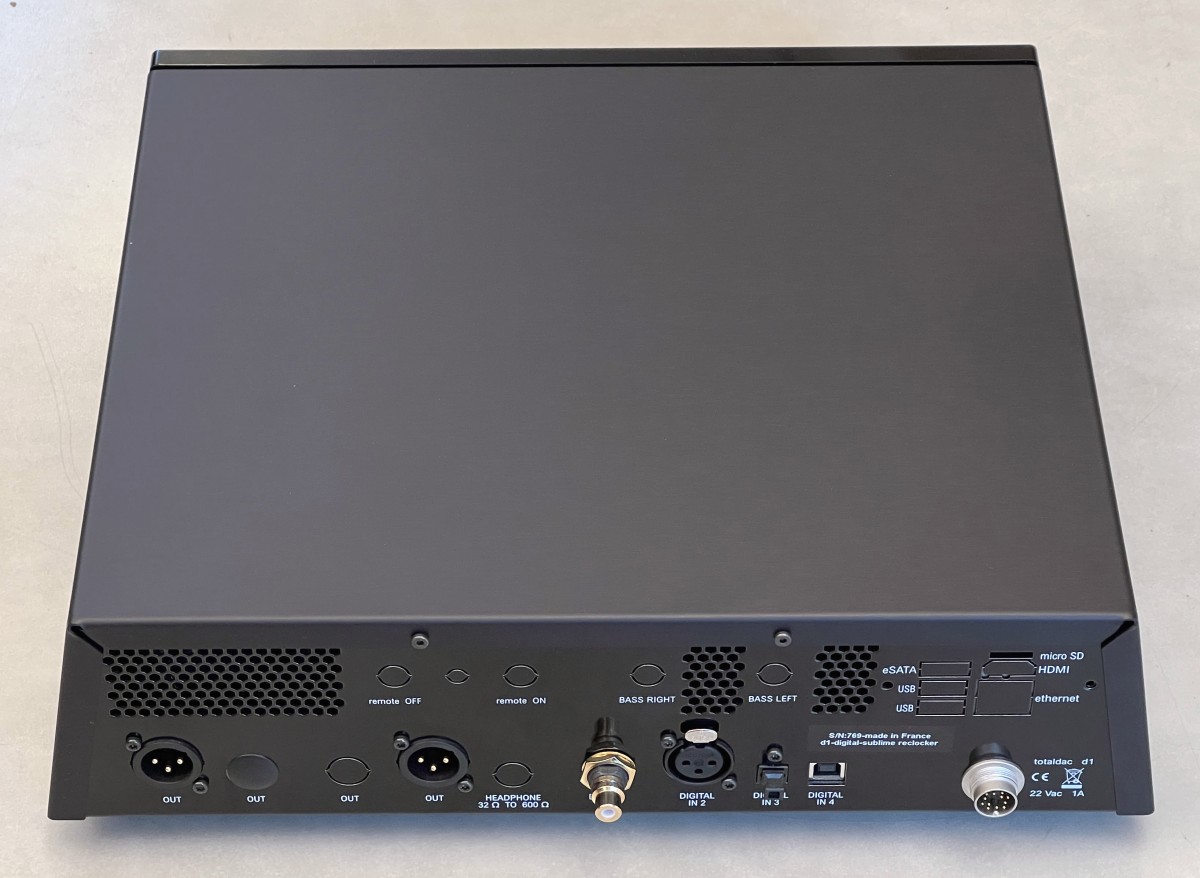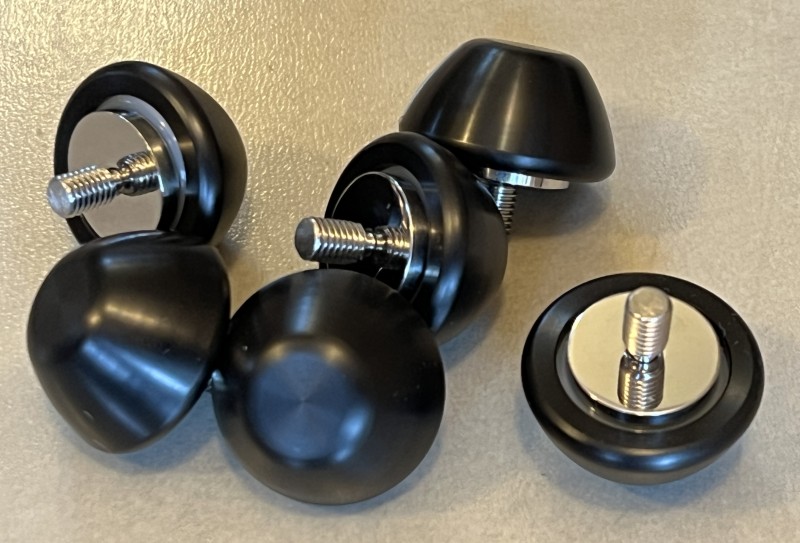
d1-digital-live and d1-AES-live reclockers

The d1-digital-live and d1-AES-live are a new concept of reclocker. Them aim at improving the sound of any transport.
Here is the difference between the d1-digital-live and the d1-AES-live:
-The d1-digital-live embeds 4 inputs among which the very best USB input ever made including the live-clocking option, new oscillators and the self powered USB board.
-The d1-AES-live has only AES-EBU as input, no display and no remote control is needed. It is just an AES-EBU cleaner.
"To see how much the d1-streamer-sublime was adding to this delightful illusion,
I replaced it with my own streamer: the much less expensive and kludgier combinaison of the Sonore ultraRendu
and Denafrips Iris digital-to-digital converter (the latter to enable an AES3 connection to the d1-unity).
The resulting sound was possibly a hair more forcefull but also audibly less refined and purposeful.
The meaning of the music was less obvious, and everything sounded just a bit more mechanical.",
Alex Halberstadt, Stereophile
The reclcoker is connected to the output of the drive (streamer, CD player, computer with USB, music server, TV).
The reclockers use the same technologies as the Totaldac DACs, especially the asynchronous fifo memory
but the analog outputs have been replaced by digital outputs and the USB input is highly improved.
An additional board has been added in these versions to lower even more the jitter.
The reclocker have an internal clock which strongly attenuates the jitter of any digital source.
So the d1-digital reclocker can be associated to all available drives.
The d1-digital-live can also be used as a USB to AES-EBU converter with very high sound quality.
DSD files (DoP standard) are accepted on the USB, spdif and AES-EBU inputs and then resent in DSD DoP format.
These reclockers are supplied by default with a Totaldac live-power external power supply.

It can de-jitter any digital source to get an unexpected better drive from a computer, a music server
or a CD transport.
A USB cable length is limited by the USB official specification, so the distance between a computer and a USB DAC is limited.
When a d1-digital reclocker is inserted between the computer and the DAC the AES-EBU cable length is almost non limited,
so the computer can be placed far from the DAC.

-192KHz asynchronous Xmos USB, optical, RCA and AES-EBU digital inputs, selectable from a remote control.
-44.1KHz, 48KHz, 88.2KHz, 96KHz, 176.4KHz and 192KHz, 16 to 24 bit formats supported on all inputs except 96KHz max for optical input.
-DSD (DoP standard) supported on the USB, AES-EBU and spdif inputs.
-embedded custom clock with anti-jitter FIFO memory.
-AES-EBU digital output (coax on order).
-bit perfect signal path.
-mute from remote control.
-display switched off by remote control or automatic.
-external power supply to minimize the noise.
-aluminium and PMMA enclosure.
-power consumption 12W.
-dimensions: height 110mm, width 360mm, depth 290mm.
-power supply dimensions: height 65mm, width 122mm, depth 180mm.
-weight: 4kg
Available options:
-damping feet.
-volume control, to control a pair of speakers with AES-EBU inputs for example.
-silver massive aluminium front panel.
-115V power option.
-coax output.
-BNC coaxial digital input instead of RCA.
-ground connector (RCA).
-USB cable with high performance filter for a noticable sound quality improvement.
back view (when 2 AES-EBU outputs are ordered):

Inside view:

Damping feet option:
Custom damping feet are available as an option for a nice sound quality improvement.The optional damping feet are 15.5mm high whereas the stock feet are 13.5mm high, so the product gets 2mm higher.

Silver option:

mobile phone: +33 6 18 03 14 08 (European time zone, Whatsapp compatible)